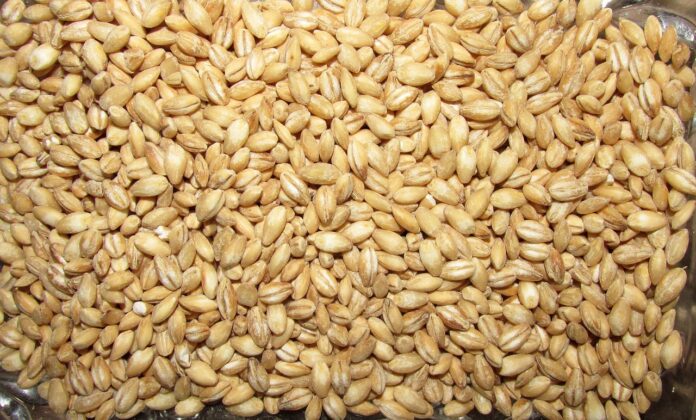For thousands of years, grains have been a staple in nearly every global cuisine. Humans consume almost a billion metric tons of wheat alone each year, and it’s estimated that people in Asia eat about 300 pounds of rice annually. While it’s true that these grains are major players in most diets, they’re actually just a small fraction of all of the grains that exist. We can’t name them all here, of course, but we did think it’d be worthwhile to create a little guide to some of the less-popular grains that are still easy to find. Here are a few especially worth trying.
Barley
Barley is a whole grain native to Asia and North Africa and was one of the first to be cultivated for consumption by humans. It has a mild, slightly nutty taste and is also high in fiber as well as several vitamins and minerals. Prepare it by heating 1 cup of grain with 3 cups of water for about 30 minutes or until tender. For soups and stews, you don’t usually have to cook the barley in advance—just add it at the beginning and heat with the rest of your ingredients.
Amaranth
Although it’s served in a similar manner, amaranth is not technically a grain at all, but the starchy seed of an ornamental plant. Its tiny “grains”, often referred to as pseudocereals, have an earthy flavor and are packed with protein and fiber. To cook, combine 1 cup of amaranth with 2.5 cups of water or broth, bring to a boil, and simmer for 15-20 minutes. We love using amaranth in salads or as a side dish, but it also makes a great porridge for breakfast.
Farro
Farro is what’s known as an ancient grain, or one that hasn’t been changed from its original form through selective breeding over time. It has a hearty, chewy texture and a slightly sweet flavor similar to brown rice. Cook by boiling 1 cup of farro with 3 cups of water for 30-40 minutes, then use it in grain bowls or as an alternative to rice in risotto.






